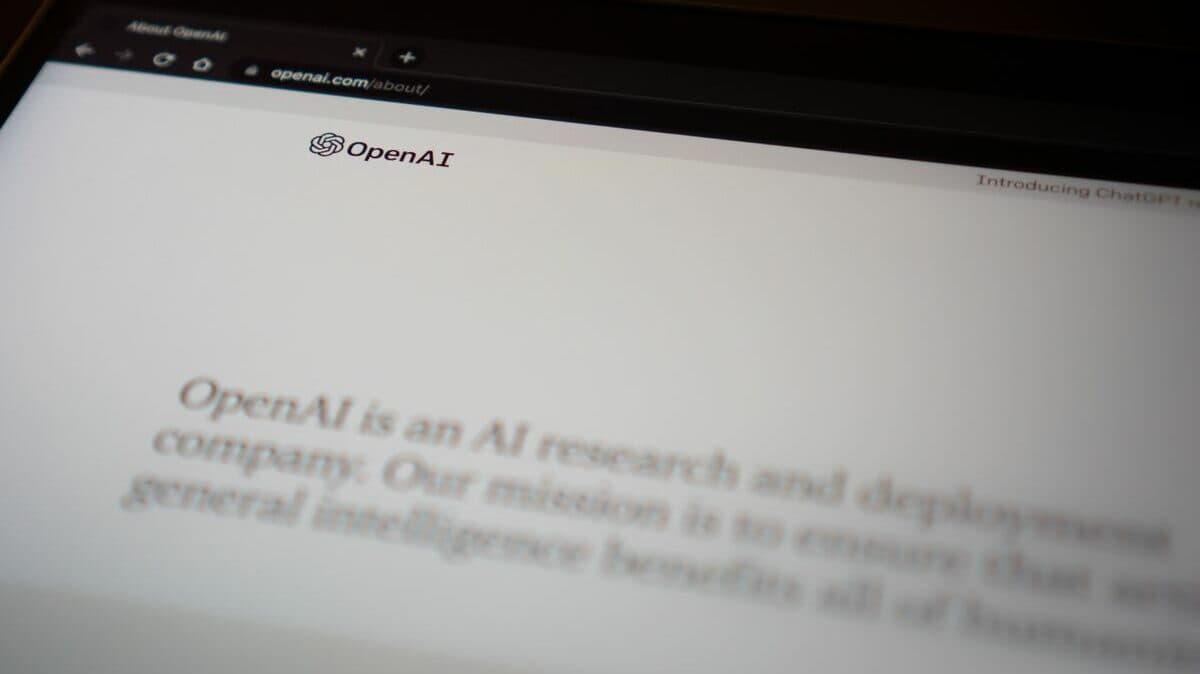A new report highlights Australia’s potential for economic growth through responsible adoption of generative artificial intelligence (GAI) and carries significant relevance for small and medium-sized enterprises (SMEs).
The report, a collaboration between Microsoft and the Tech Council of Australia, underscores that GAI could contribute up to $115 billion annually to Australia’s economy by 2030. This economic boost is anticipated through improvements in existing industries and the creation of new products and services.
The pace of GAI adoption across all industries will determine the extent of this potential value, emphasizing the need for support and transition mechanisms for the workforce.
Kate Pounder, CEO of the Tech Council, noted that GAI could provide a productivity boost during a period of high inflation and low productivity growth, making it a critical solution for Australia’s economy. In this time of high inflation and low productivity growth, our economy needs a productivity shot in the arm,” Ms Pounder said.
“Emerging technologies like generative AI are going to be a big part of the solution. The report shows the enormous potential for generative AI to catalyse growth and innovation across a wide range of sectors, shaping a prosperous future for our nation. Making the most of this opportunity will require a collaborative effort across government and industry, particularly to upskill our workforce, provide regulatory clarity and drive uptake of responsible AI practices.”
The report suggests that, in a slower adoption scenario, GAI could still contribute $45 billion annually to the Australian economy by 2030. However, with medium and fast-paced adoption, this figure could rise to $75 billion and $115 billion, respectively. This range represents a significant portion of the Australian economy, ranging from 2 to 5 percent.
Notably, GAI has the potential to automate and augment 44 percent of Australian workers’ task hours at its current capability level. This shift would enable workers, including those in SMEs, to focus on higher value-adding tasks and enhance the quality of their output.
The report also highlights the creation of new jobs and businesses resulting from GAI-powered products and services, collectively contributing between $5 billion and $10 billion to Australia’s economy.
To fully realise these benefits, Australia must ensure swift and responsible GAI adoption, fostering collaboration between industry and government. The report identifies four key sectors poised to benefit from GAI: healthcare, manufacturing, retail, and professional and financial services. It outlines potential use cases in each sector and the associated economic value, providing a roadmap for SMEs to explore GAI’s potential applications.
Lee Hickin, Chief Technology Officer at Microsoft Australia and New Zealand, emphasized the importance of trust and collaboration between industry and government in harnessing the innovative capabilities of GAI. This sentiment aligns with the need for SMEs to navigate the responsible adoption of GAI technologies.
As Australia stands at a crucial juncture in GAI adoption, leveraging its strengths in digital technology, including a skilled workforce and cloud computing infrastructure, will be vital for SMEs looking to explore and integrate GAI into their operations.
The report also identifies barriers and strategic actions for industry and government. SMEs should pay close attention to these recommendations to navigate the evolving landscape of GAI technology effectively.
Read the full report here.
Keep up to date with our stories on LinkedIn, Twitter, Facebook and Instagram.

